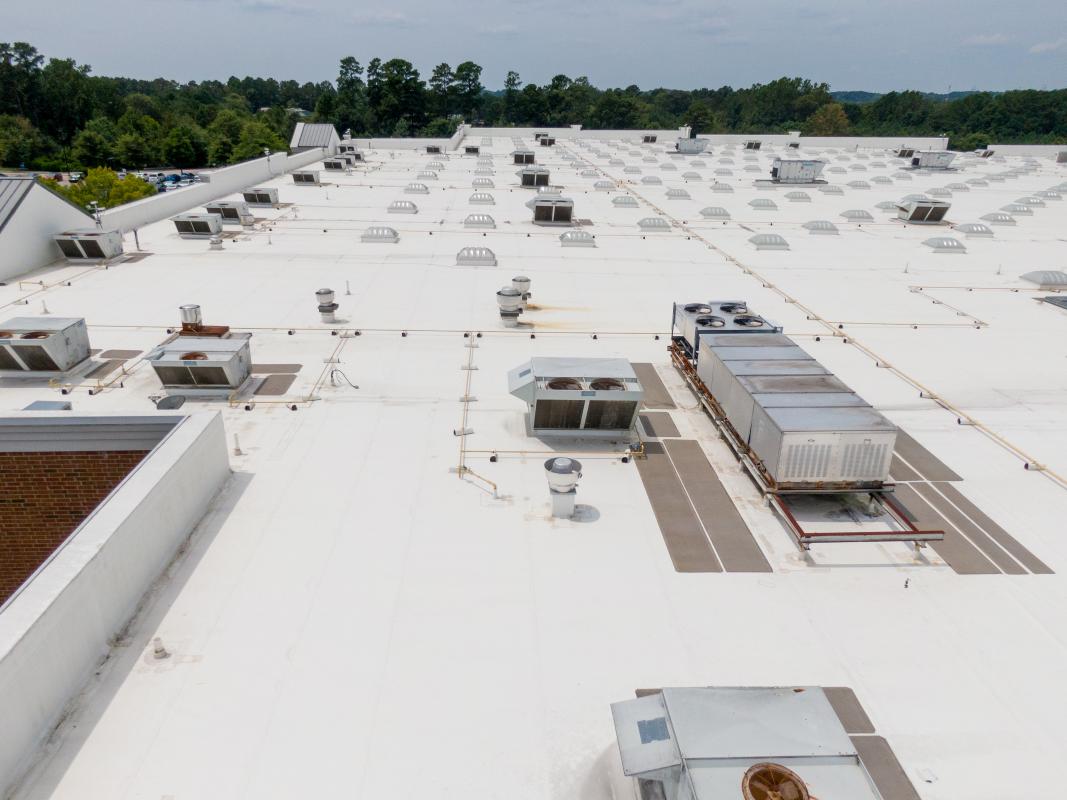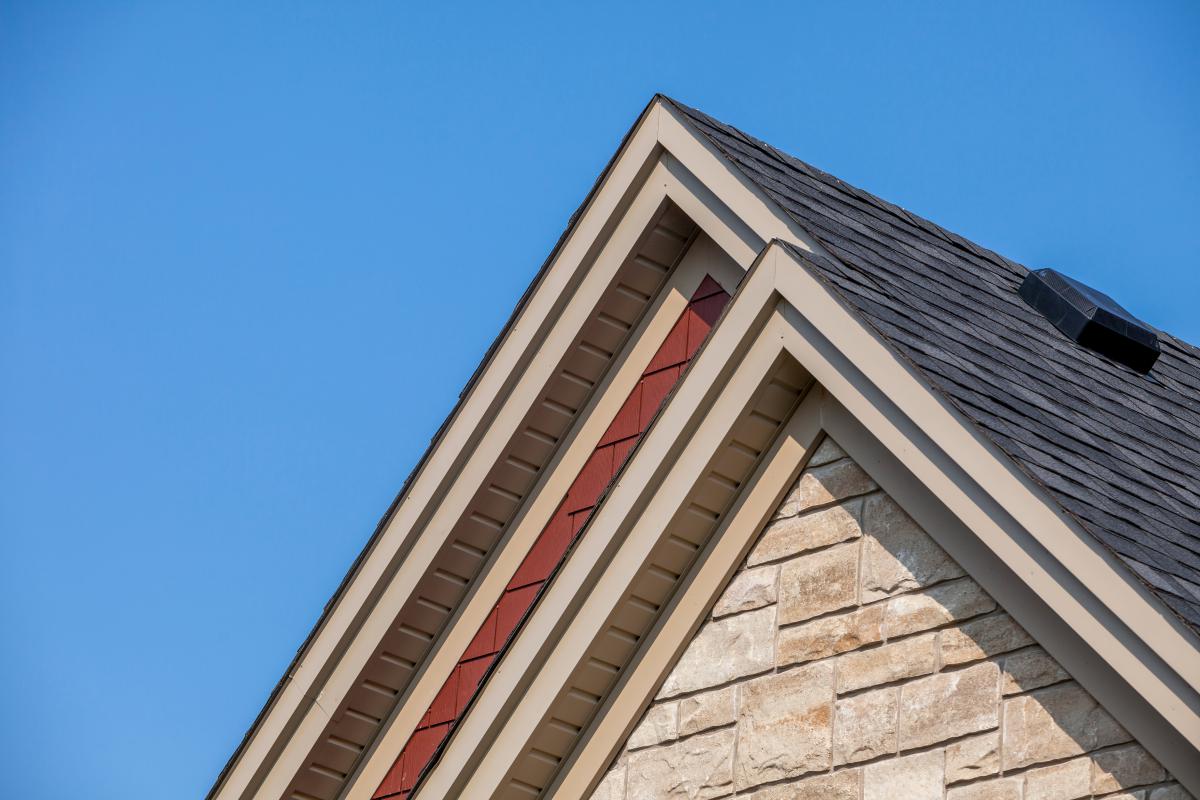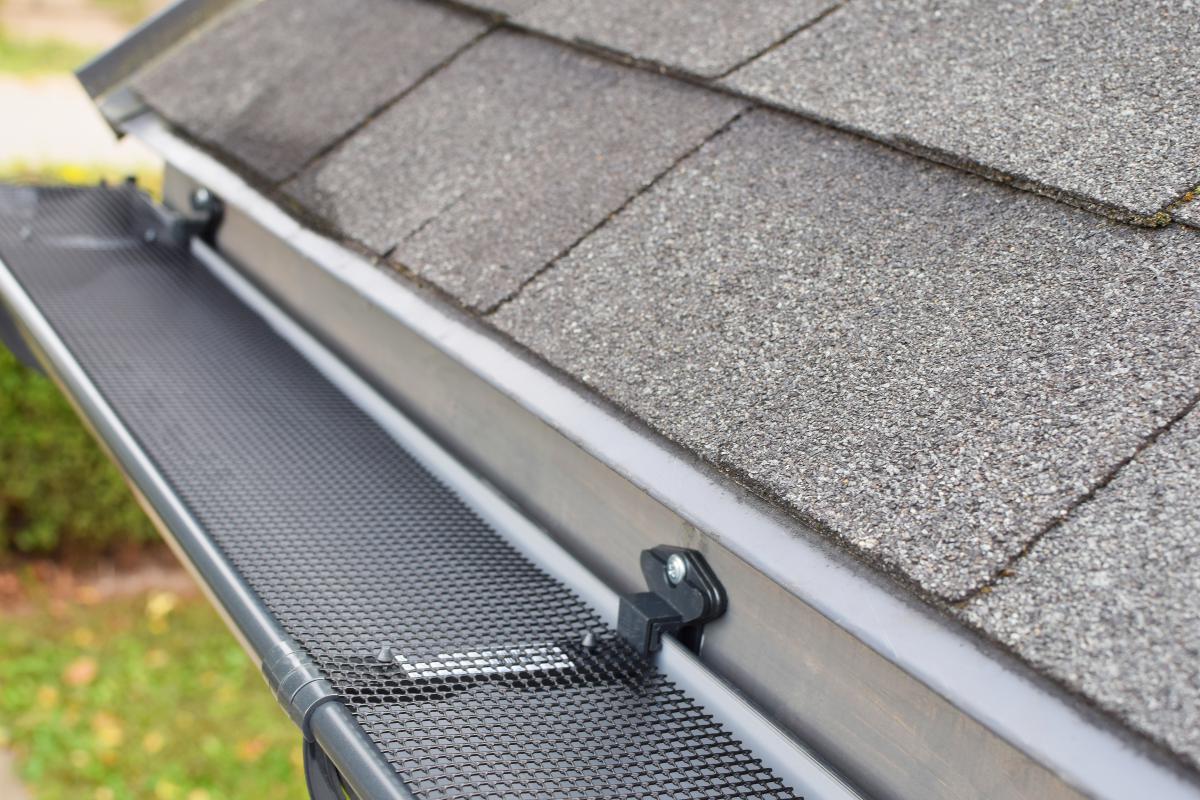REPAIRS & MAINTENANCE
FLAT ROOF

Maintaining a flat roof is crucial for preventing water pooling, leaks, and structural damage. Here's a comprehensive guide to flat roof maintenance:
-
Regular Inspections: Conduct frequent inspections to identify signs of damage, such as cracks, blistering, or punctures. Check for areas where water may be pooling and inspect seams and flashing for signs of wear.
-
Clear Debris: Remove leaves, branches, and other debris from the roof surface regularly. Debris can block drains and gutters, leading to water buildup and potential damage.
-
Clean Drains and Gutters: Ensure that roof drains and gutters are free from debris and obstructions to allow proper water drainage. Use a plumber's snake or pressure washer to clear clogs if necessary.
-
Repair Damage Promptly: Address any identified issues promptly to prevent them from worsening. Repair cracks, tears, or damaged seams using appropriate roofing materials and techniques.
-
Seal and Waterproof: Apply a quality roof sealant or waterproofing membrane to protect the roof surface from moisture infiltration and UV damage. Reapply as needed according to the manufacturer's recommendations.
-
Maintain HVAC Equipment: If HVAC units or other equipment are installed on the roof, ensure that they are properly maintained to prevent leaks or damage to the roofing membrane.
-
Monitor Interior: Check the interior of the building for signs of water infiltration, such as water stains or dampness on ceilings or walls. Investigate and address any leaks promptly to prevent further damage.
-
Insulate and Ventilate: Proper insulation and ventilation are essential for preventing condensation buildup in the roof assembly. Ensure that insulation is installed correctly and vents are unobstructed to promote airflow.
-
Trim Vegetation: Trim back any overhanging branches or vegetation that may be rubbing against the roof surface or blocking sunlight and airflow.
-
Schedule Professional Inspections: Periodically schedule inspections by a qualified roofing contractor to assess the condition of the roof and identify any potential issues that may require attention.
By following these maintenance guidelines, you can help extend the life of your flat roof and minimize the risk of costly repairs in the future.
SLOPE ROOF

Maintaining a sloped roof is essential for ensuring its longevity and structural integrity. Here are some key maintenance tasks:
-
Inspect Regularly: Conduct routine inspections of the roof to identify any signs of damage, such as missing or damaged shingles, cracked flashing, or loose tiles.
-
Clean Gutters and Downspouts: Clear debris such as leaves, twigs, and dirt from gutters and downspouts to prevent water backup and potential water damage to the roof and underlying structure.
-
Trim Overhanging Branches: Trim back any overhanging branches from nearby trees to prevent them from scraping against the roof during high winds or causing damage to shingles.
-
Repair Damage Promptly: Address any identified issues promptly to prevent them from worsening and causing more extensive damage to the roof and interior of the building.
-
Check for Leaks: After heavy rain or storms, check the interior of the building for signs of water infiltration, such as water stains or dampness on ceilings or walls. If any leaks are detected, investigate and repair the source promptly.
-
Ensure Proper Ventilation: Adequate ventilation is crucial for preventing moisture buildup in the attic, which can lead to mold growth and roof damage. Check vents and ventilation systems regularly to ensure they are functioning correctly.
-
Monitor for Signs of Wear: Keep an eye out for signs of wear and aging, such as curling or buckling shingles, granule loss, or deteriorating flashing. Address these issues as needed to maintain the roof's integrity.
By performing these maintenance tasks regularly, you can help prolong the life of your sloped roof and prevent costly repairs down the line.
GUTTER

Proper gutter maintenance is essential to ensure efficient water drainage and protect your home from water damage. Here's a comprehensive guide to gutter maintenance:
-
Regular Cleaning: Clean your gutters at least twice a year, preferably in the spring and fall, to remove leaves, twigs, dirt, and other debris that can block water flow. Use a ladder, gloves, and a trowel to scoop out debris, and flush the gutters with a garden hose to clear remaining residue.
-
Inspect for Damage: While cleaning, inspect the gutters for any signs of damage, such as cracks, rust, or sagging sections. Address any issues promptly to prevent water leakage and further deterioration.
-
Check Downspouts: Ensure that downspouts are clear of debris and securely attached to the gutter system. Use a plumber's snake or pressure washer to clear clogs in downspouts, and consider installing gutter guards to prevent debris buildup.
-
Repair Leaks: If you notice any leaks or gaps in the gutter system, seal them with silicone caulk or gutter sealant to prevent water from escaping and causing damage to your home's exterior.
-
Trim Overhanging Branches: Trim back overhanging branches from nearby trees to prevent them from depositing leaves and debris into your gutters, as well as to reduce the risk of damage from falling branches during storms.
-
Adjust Slope: Ensure that gutters are properly sloped toward downspouts to facilitate water drainage. Use a level to check the slope and adjust hangers or brackets as needed to achieve the correct pitch.
-
Install Splash Blocks or Downspout Extensions: Direct water away from your home's foundation by installing splash blocks or downspout extensions at the base of downspouts. This helps prevent soil erosion and basement flooding.
-
Schedule Professional Inspection: Periodically hire a professional gutter cleaning and inspection service to thoroughly assess the condition of your gutters and identify any potential issues that may require attention.
By following these gutter maintenance tips, you can help prevent water damage to your home and ensure proper water drainage away from your foundation.




